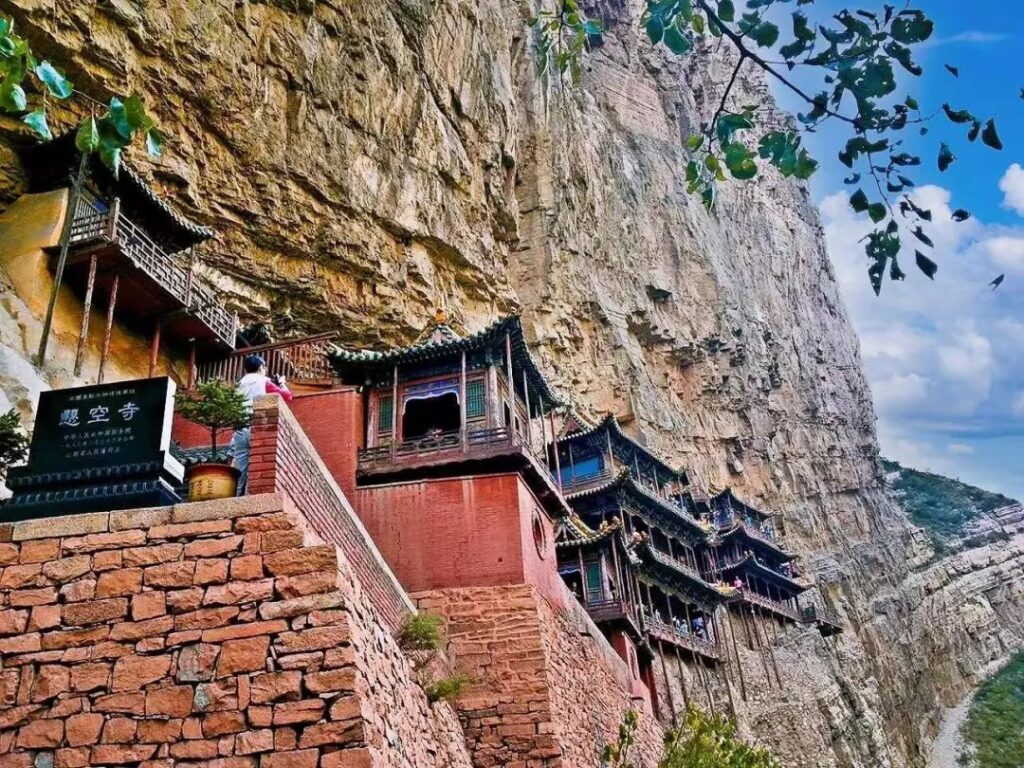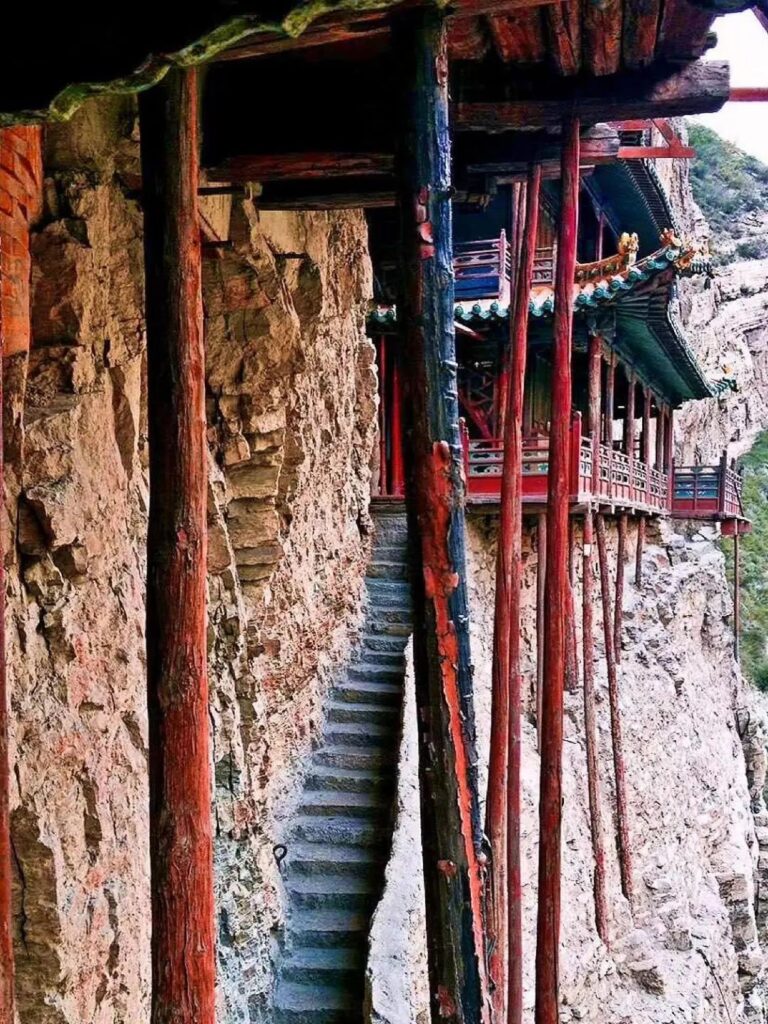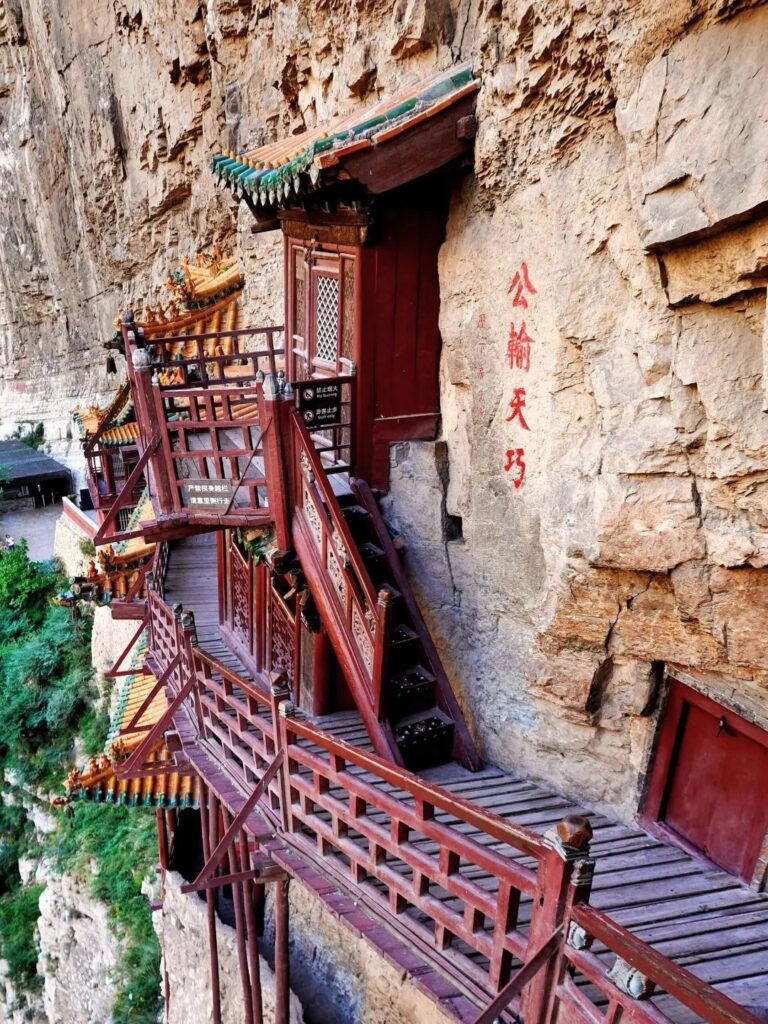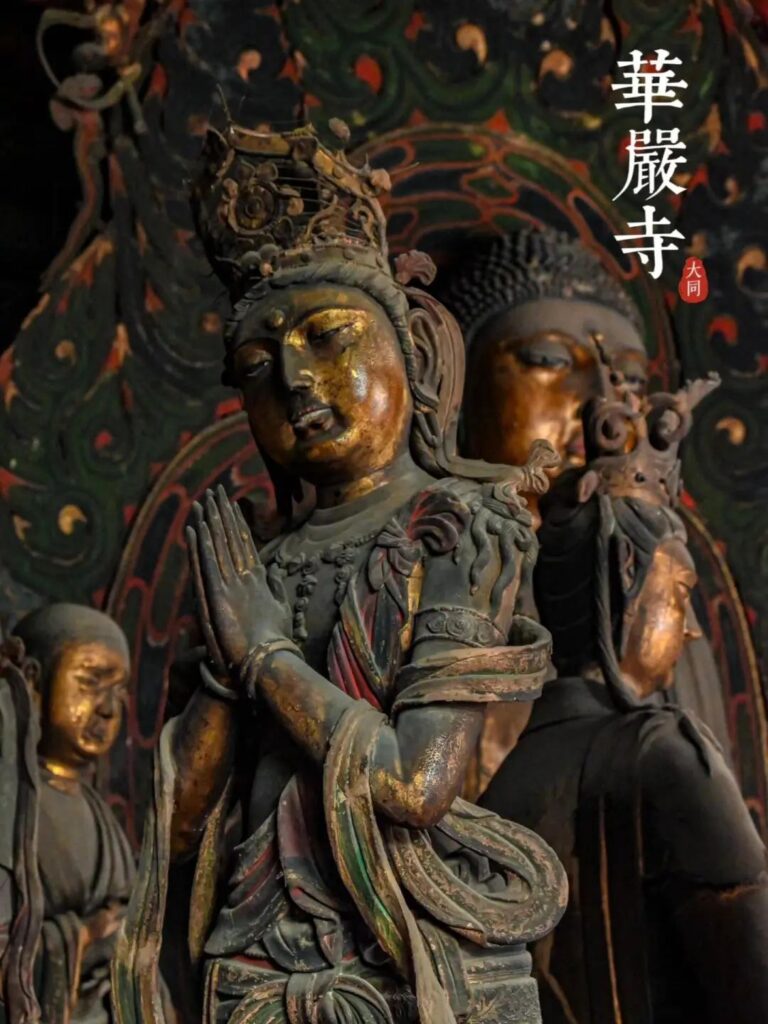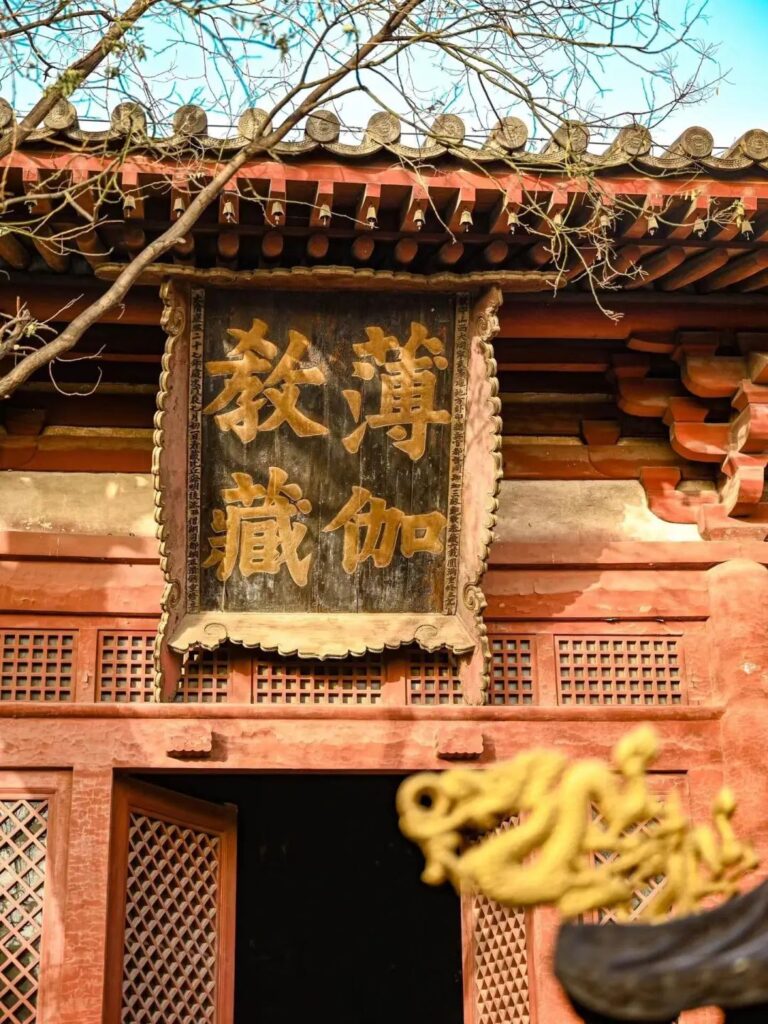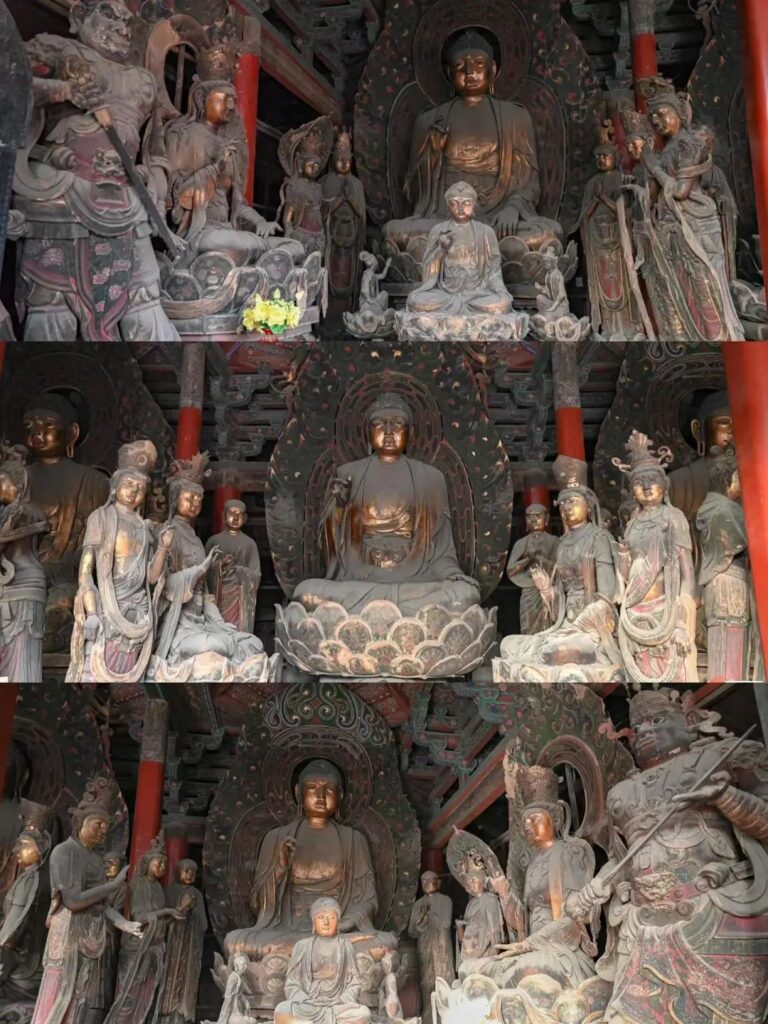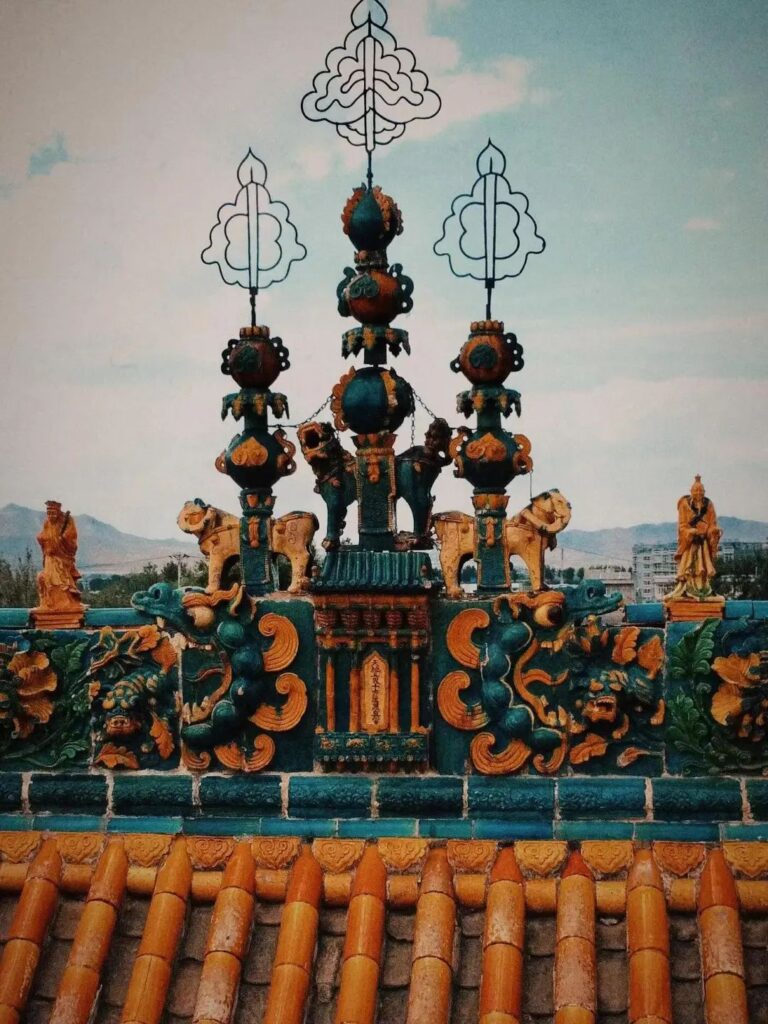When it comes to underground cultural relics, Shaanxi takes the lead, but for above-ground cultural relics, Shanxi is the place to be. Compared to Xi’an, Luoyang, and Dunhuang, Datong is a seriously underestimated historic city.
Come here and witness the exquisite aesthetics of our ancestors!
Datong
An Underrated Millennia-Old Ancient Capital
Located in the northern part of Shanxi, visiting Datong now allows you to experience a comfortable 25°C summer.
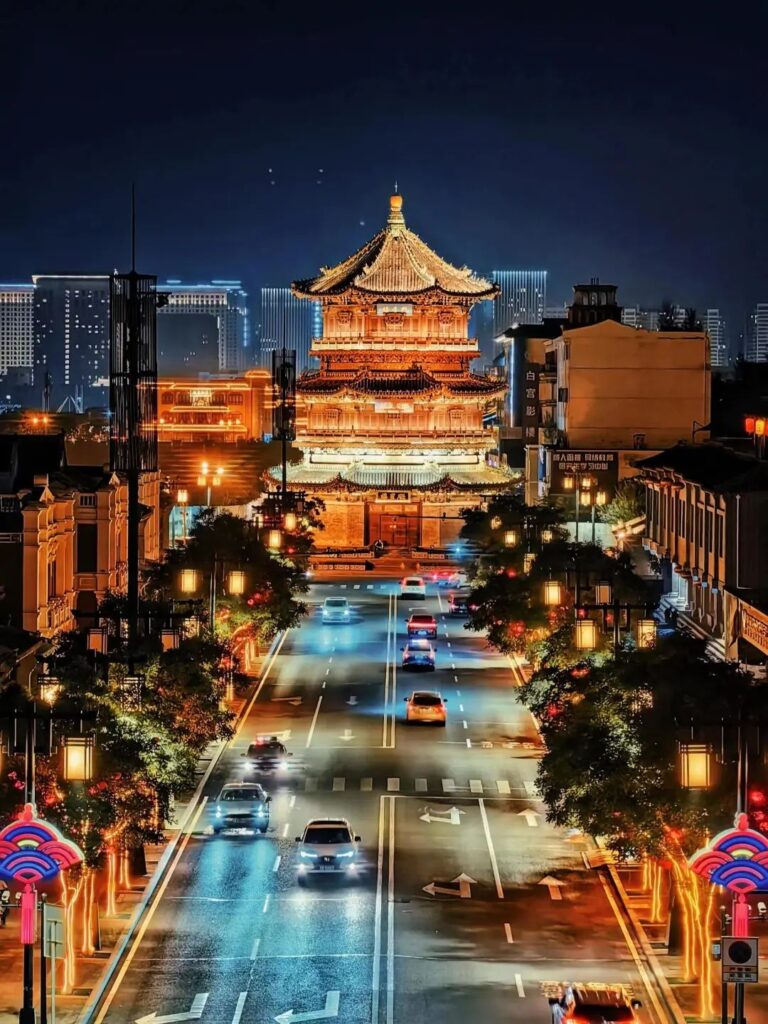
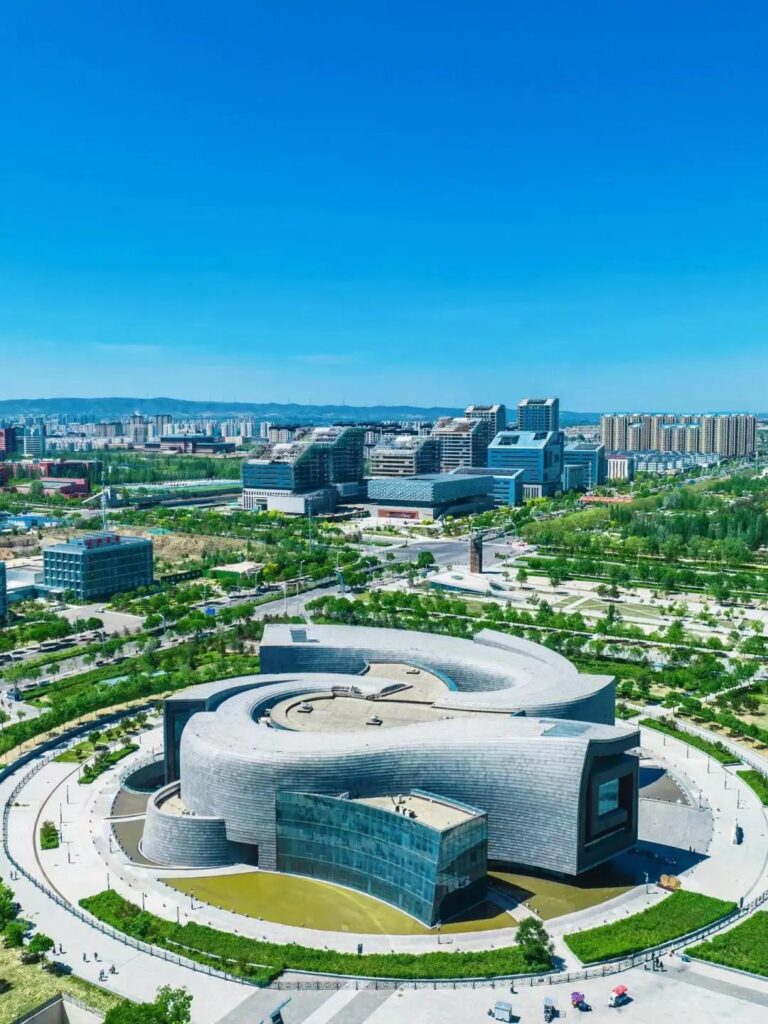
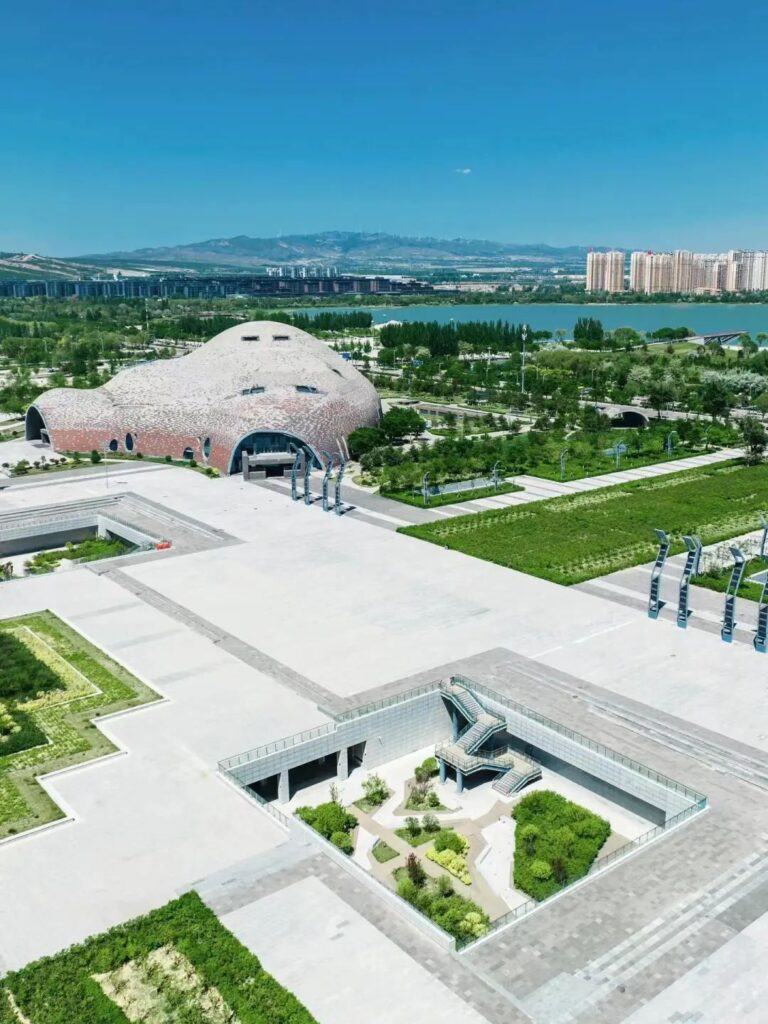
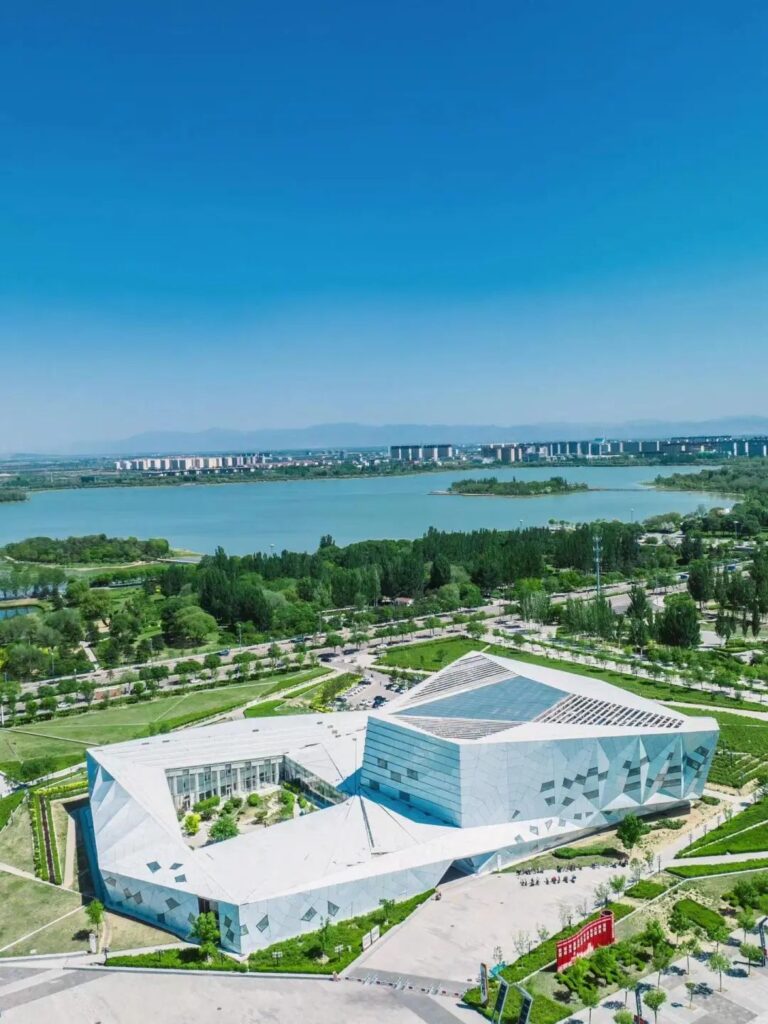
When in Datong, be sure to check out these must-see attractions:
📍 Yungang Grottoes
💰 Peak Season Ticket Price: 120 yuan
✅ Opening Hours: 9:00~17:00 (Ticket sales stop at 16:30)
The Yungang Grottoes are a UNESCO World Heritage Site and one of China’s four major grottoes. With a profound historical background spanning over 1,500 years, if you happen to be passionate about history and Buddhist culture, then this is the perfect place for you.
The grottoes are situated at the southern foot of Wuzhou Mountain in Datong city. The grotto area is divided into three sections from east to west according to the mountain’s topography: East (Caves 1-4), Central (Caves 5-20), and West (Caves 21-45). There are currently 45 main caves, 209 auxiliary caves, with the tallest statue reaching 17 meters and the smallest being just 2 centimeters. It is estimated that there are more than 1,100 Buddha niches and over 59,000 statues of various sizes.
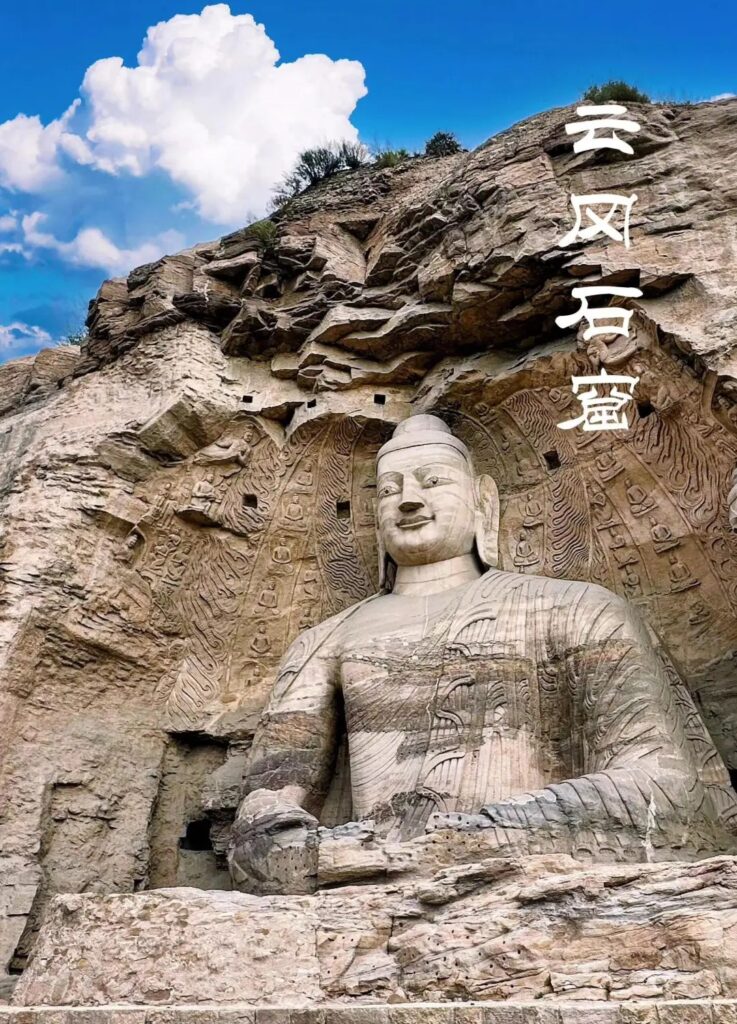
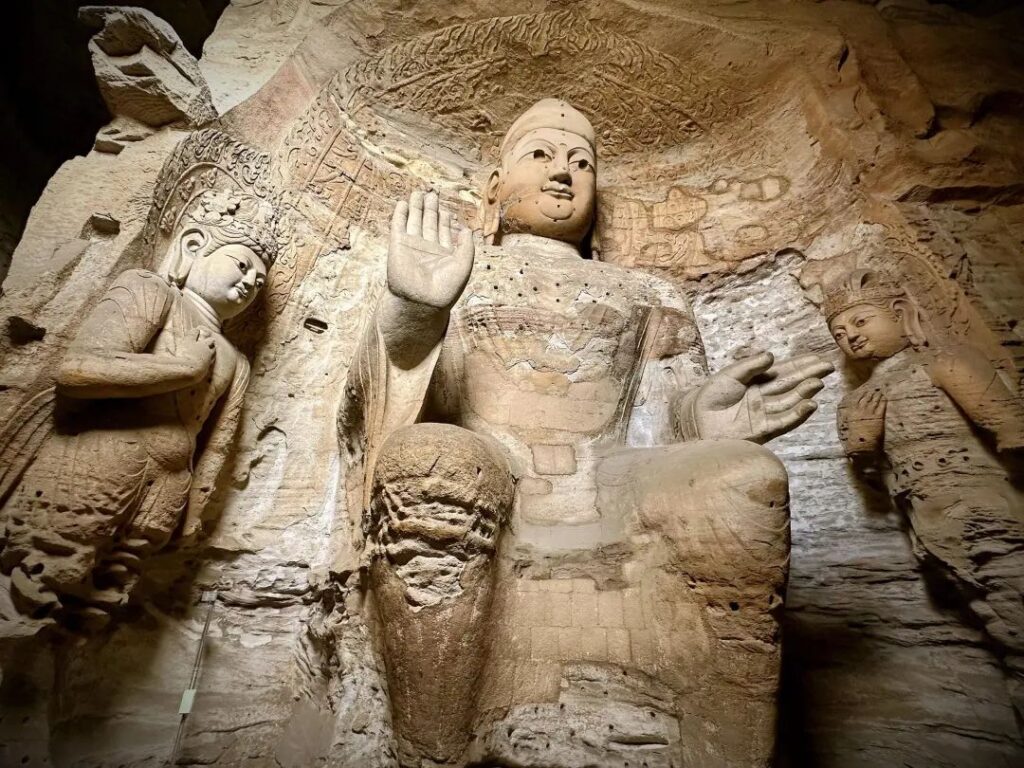
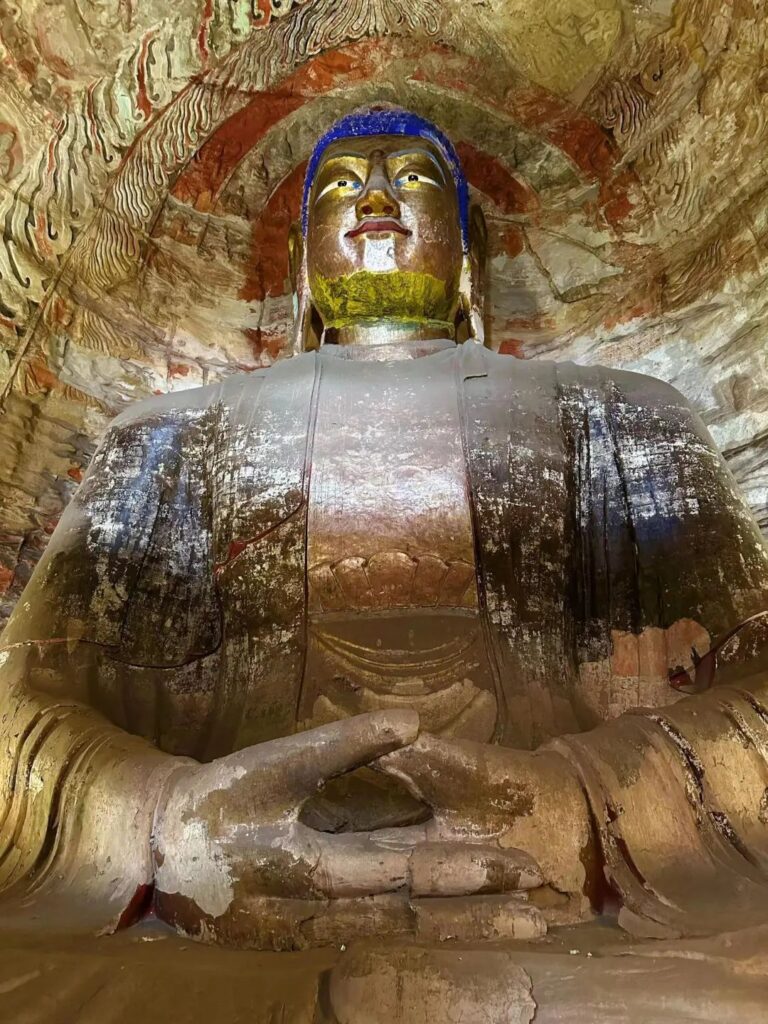
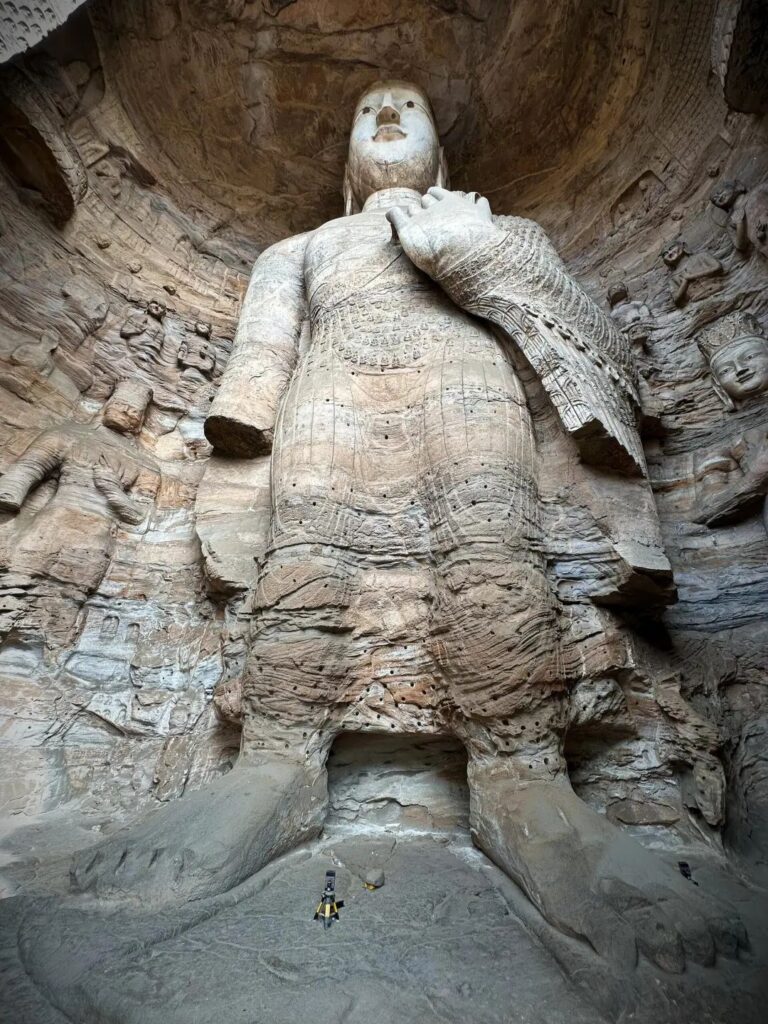
📍 Ying County Wooden Pagoda
💰 Ticket Price: 50 yuan
🕐 Opening Hours: 8:00~17:00
The full name of the Ying County Wooden Pagoda is “Fogong Temple Sakyamuni Pagoda.” It was first built in the second year of the Liao Dynasty’s Qingning era and has a history of 968 years.
The wooden pagoda is not a five-story pagoda but a nine-story one. The pagoda body is octagonal, with three bays on each side, and the exterior appears to have five stories and six eaves.
The Ying County Wooden Pagoda, along with the Leaning Tower of Pisa in Italy and the Eiffel Tower in Paris, is known as one of the three most peculiar towers in the world.
To ensure its protection, visiting above the second floor is prohibited, but you can see the interior from the square.

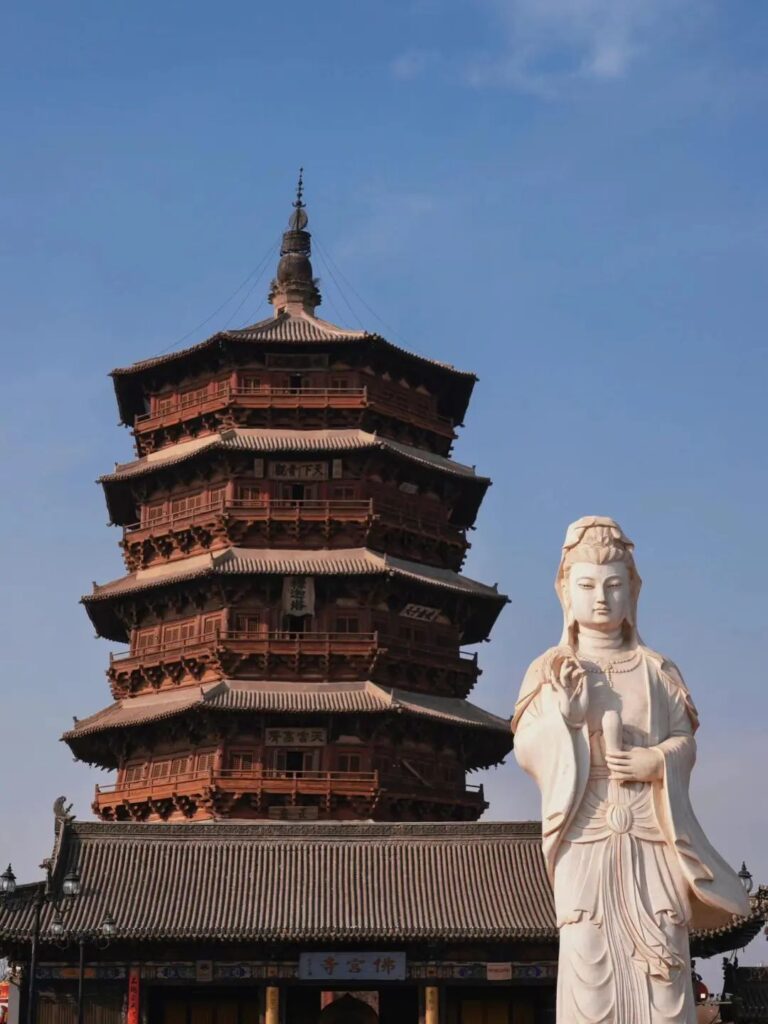
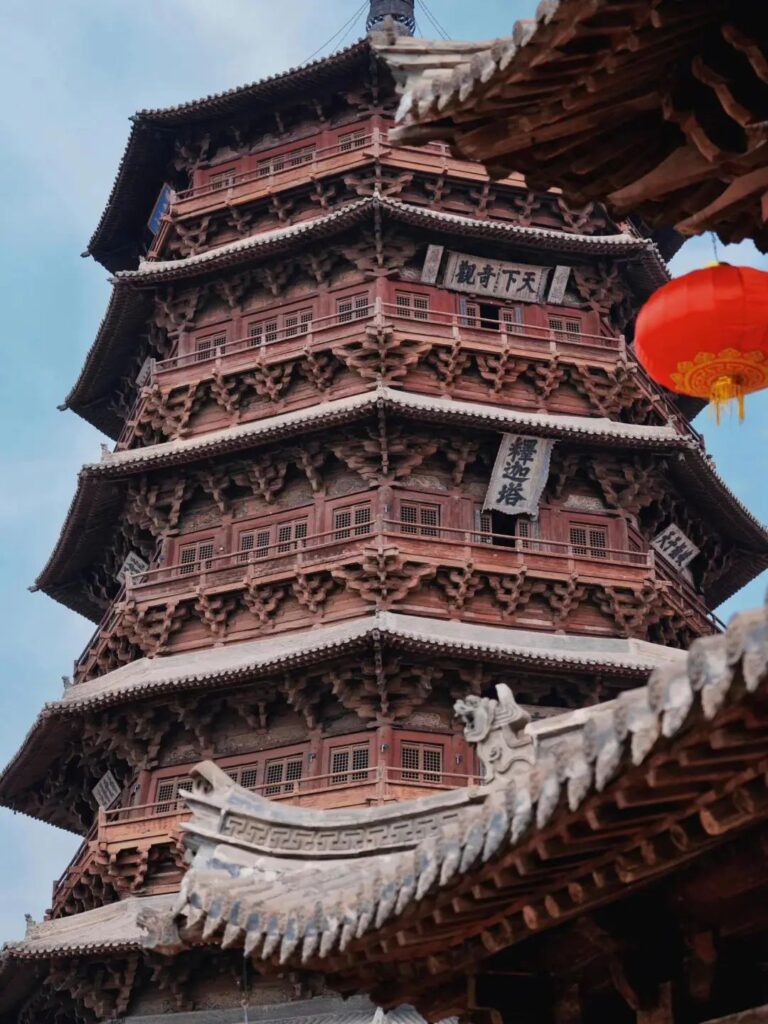
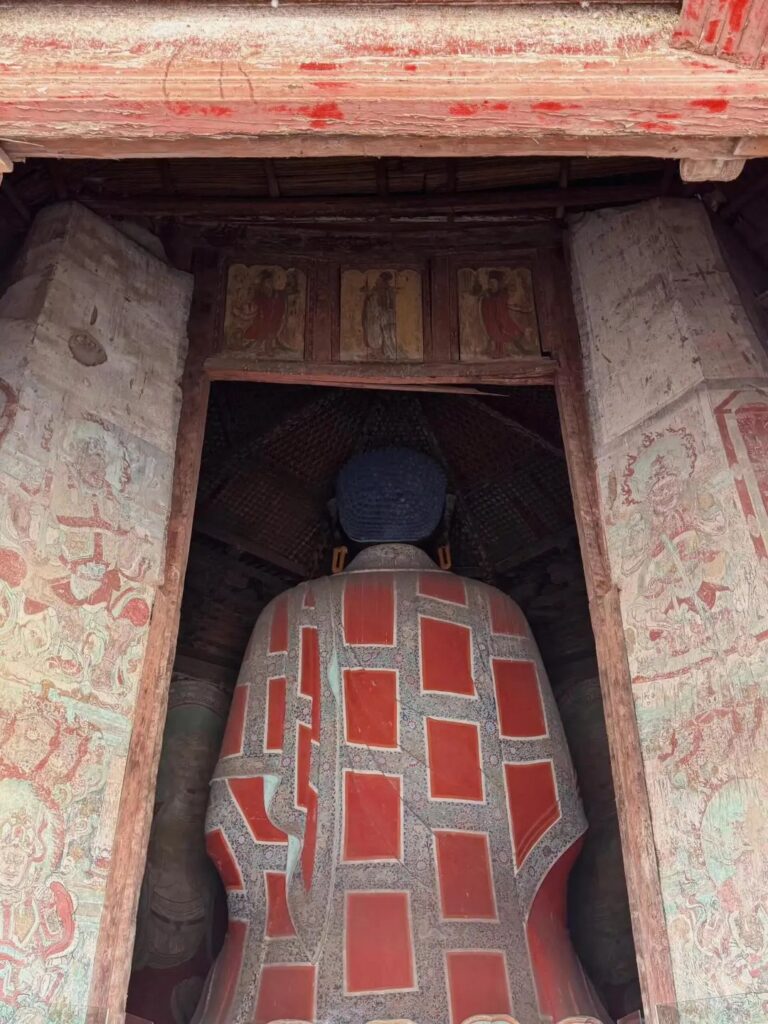
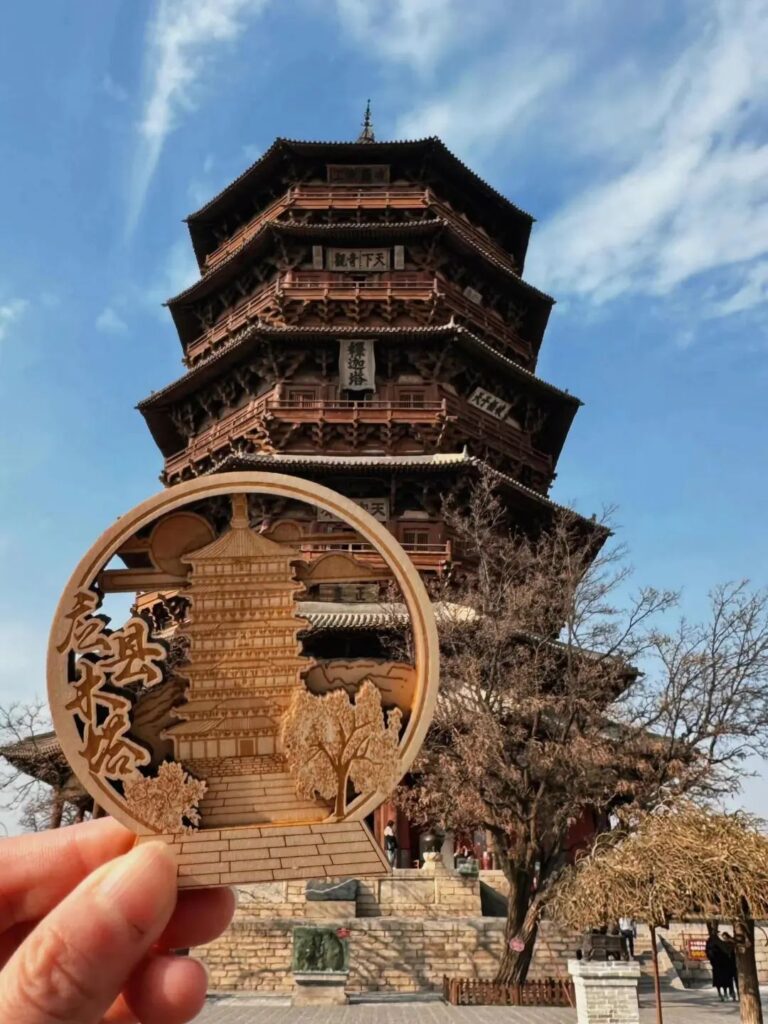
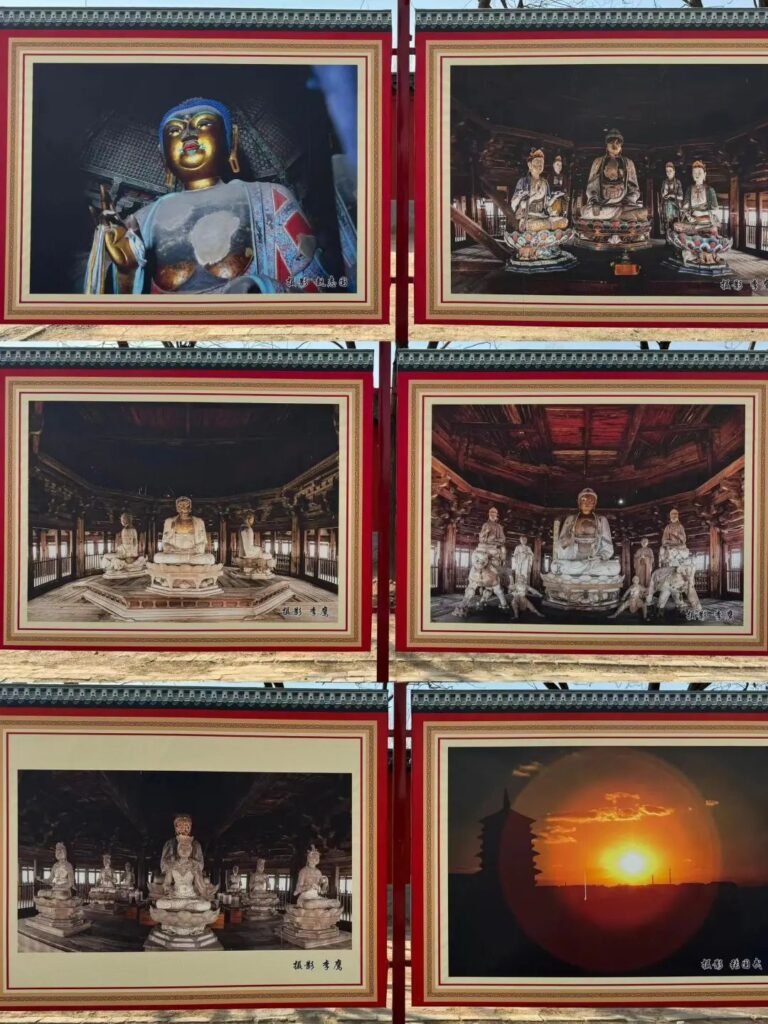
📍 Xuankong Temple
Originally named “Xuankong Pavilion,” Xuankong Temple was renamed due to its location on a cliff face and the homophonic nature of “Xuan” and “Xuan” in Chinese.
The stone tablet at the entrance of the scenic spot, which reads “Xuankong Temple,” was inscribed by the famous painter and calligrapher Fan Zeng.
During the Ming Dynasty, the renowned traveler Xu Xiake visited the temple and left behind the inscription “The World’s Greatest View.”
The structure of Xuankong Temple is entirely wooden and mortise-and-tenon, and it is not supported by dozens of wooden pillars. Instead, it is based on beams inserted into the cliff face, with the framework formed by the fish-shaped corridor railings and the upper and lower beams and columns. This is the secret to its thousand-year-old stability.
📍 Huayan Temple
💰 Ticket: 40 RMB
🕐 Opening Hours: 8:30~17:00
This is a stunning museum of Liao and Jin Dynasty art.
The largest Mahavira Hall in China is also located here.
The temple faces east, with the main buildings including the mountain gate, Puguangming Hall, Mahavira Hall, Bhagavan Tripitaka Hall, and Huayan Pagoda. Among them, the Mahavira Hall and Bhagavan Tripitaka Hall are the essence of the entire temple and the only remaining structures from the Liao and Jin Dynasties.
📍 Yong’an Zen Temple
💰 Ticket: 20 RMB
After visiting Xuankong Temple, don’t rush back. You can also visit Yong’an Zen Temple.
Yong’an Zen Temple was first built during the Jin Dynasty, and the current main hall is a Yuan Dynasty building. The temple has preserved murals, wooden structures, caisson ceilings, and calligraphy from the Yuan Dynasty.
It takes at least 2 hours to fully appreciate the value of Yong’an Temple.
Within the county town, Yuanjue Temple, Drum Tower, Prefecture Office, and Confucian Temple are all nearby and can be reached on foot. The brick pagoda of Yuanjue Temple from the Jin Dynasty features a unique winged bird, which is the only surviving example in China.
🥞 Food
- “Longjuxiang Dinner” highly recommends sweet and sour pork tenderloin and stir-fried fresh daylily.
- “Shuaifu Street Lamb Offal” highly recommends lamb offal with vermicelli and tofu noodles.
- “Ren Ji Qi Zhong Knife-Cut Noodles”
Scenic Area Food:
1️⃣ Xuankong Temple: Hunyuan Cold Noodles
2️⃣ Ying County Wooden Pagoda: Ernü Cold Noodles
Shanxi is not short of delicious food, and Datong has even more. Food lovers will have a treat when they come to Datong.
